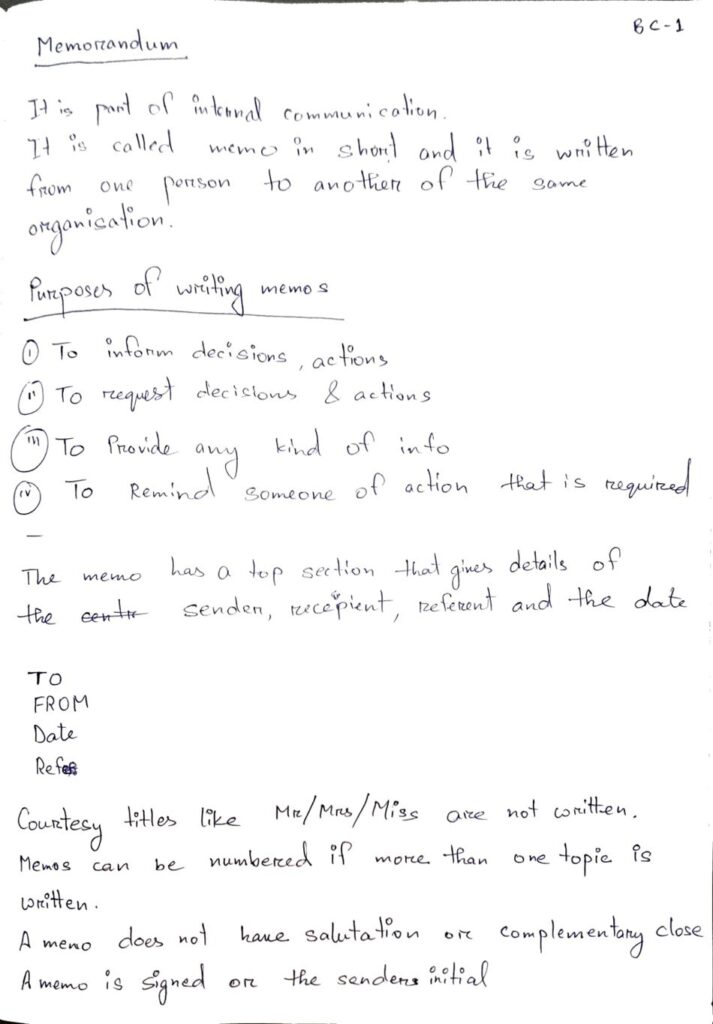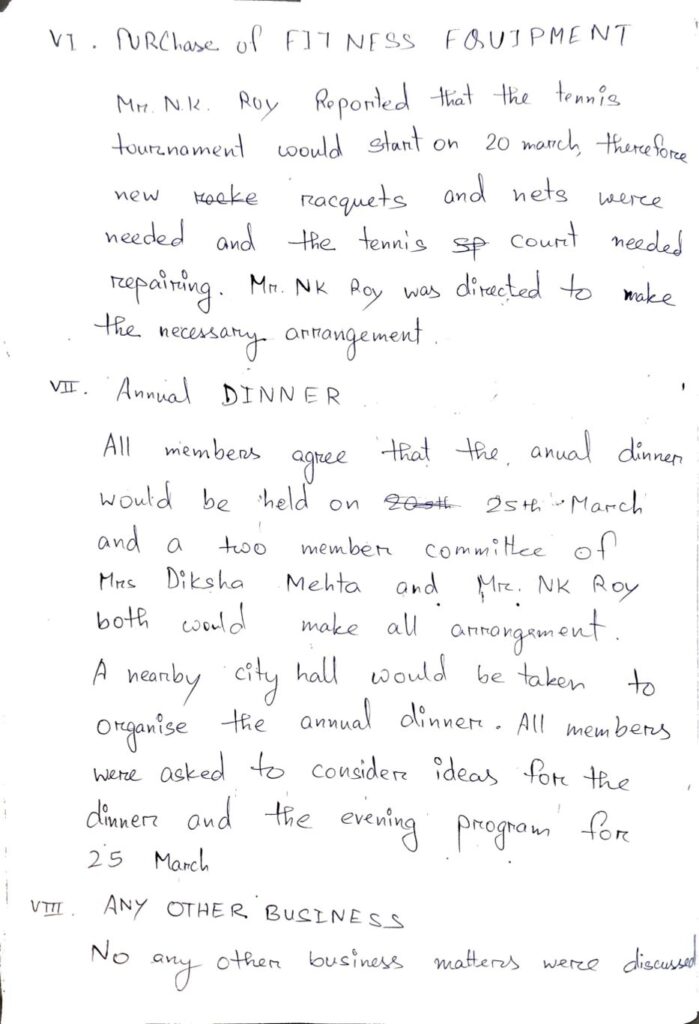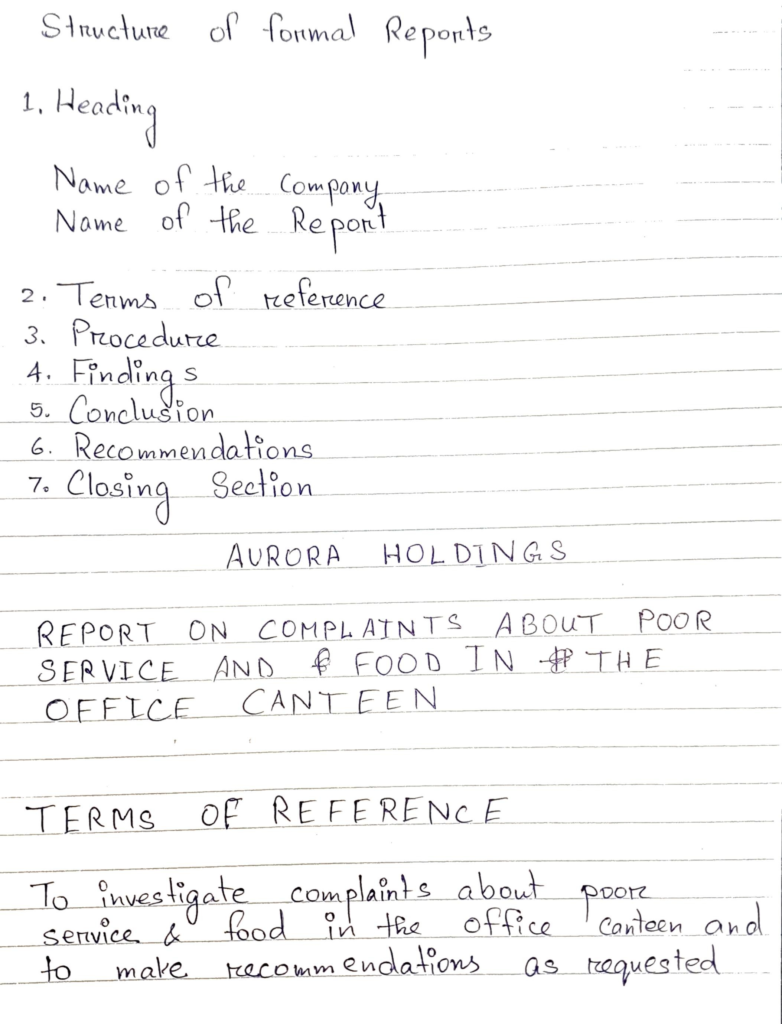Unit 1
Forms of communication.
A. Self.
1. Interpersonal communication.
Interpersonal communication is the sharing of idea through spoken, written, and nonverbal forms. Interpersonal communication takes place between one or more individuals and it is determined by the individuals personal qualities.
The four qualities for any successful interpersonal relations and communication are.
1. Empathy.
2. Assertiveness
3. Perseverance.
4. Cultural sensitivity.
2. Intrapersonal communication.
In this we communicate within ourselves. The inner world has the power to influence the outer world, and there are 4 qualities that an individual can have within himself.
They are.
1. Self-image.
2. Self Esteem.
3. Self Talk
4. Self-confidence.
B. Verbal communication.
Farewell communication is a result from a cluster of abilities that are acquired and developed through education, training, social interactions, etcetera.
It is determined by 4 abilities.
1. Language competency.
2. Vocabulary
3. General awareness.
4. Domain knowledge.
C. Non-verbal communication
1. Body language.
i. eye contact
ii. Facial expression.
iii. Head position and movement.
2. Kinesics.
Kinesics is the smallest observable unit of body movement. It is socially learned and tells us about behavior. Gestures like using the hand or the leg have symbolic meaning.
Example. Impatience, boredom or interest, Hand gestures.
3. Proxemics.
This is the study of space between individuals, the physical space in their interactions.
i. Personal space. 0 to 1.5 feet.
ii. Social space. 4 to 10 feet.
iii. Public space. 10 feet to beyond.
4. Haptic.
Haptic communication is the study of touch behavior.
The main components are.
Handshakes. Pats. Hugs.
5. Para Language.
Paralanguage is the study of voice and it tells us that Intonation modulation pronunciation speed of delivering or having meaning in nonverbal communication theory.
Voice carries emotion and it has the capacity to communicate nervousness, enthusiasm, nagging, annoying and also the use of pauses and silences.
6. Chromatics.
It is the study of color, color effects the mood of the individual and also the work culture of any organization. Color keeps energy from its focus and also determines social interaction.
7. Chromatic.
It is the study of time.
Every culture has its own perception of time. Europeans like discipline and punctuality. Asians have a far more flexible idea about time and discipline. However, The Japanese have a different idea of time than the Indian.
D. Formal and informal communication
Formal Communication
Formal communication, which is written on Spokane, follows a certain code of conduct, the quality of the official fixation of responsibility, and record keeping.
Every organization will have established channels of communication and they may follow the following directions.
1. Downward.
Downward communication flows from the top to the bottom. The channels that are used Are office orders, memos, instruction circulars, job sheets.
2. Upward.
Upward communication flows from the bottom towards the top. This kind of communication allows feedback, transparency, and open door communication. The channels that are used are reports, counseling, social gathering, general meetings and direct correspondence.
3. Horizontal.
Horizontal communication takes place between the same brand and status in the organizations hierarchy. Face to face discussion, telephone calls, regular meetings, memos are some examples of the ways. The most important point is coordination and understanding.
4. Diagonal.
Diagonal communication. Nowadays most organization have diagonal channels for different layers of hierarchy. The most important point is coordination and goodwill in establishing such channels. The flow of communication in this is direct and fast.
Informal communication.
It does not follow any official channels. It also does not follow any line of authority and therefore there is no responsibility or record of the information.
Informal communication is also known as Grapevine. Grapevine is not to be absolutely relied on because most of it distorts the truth.
Therefore, caution and discretion are to be exercised while receiving information through Grapevine. Grapevine is very fast and interesting, but it also damages the morale of the employees.
Barriers of communication.
1. Psychological barrier.
Ego.
Status consciousness.
Inferiority complex.
Premature judgment.
Hasty conclusions.
2. Semantic barriers.
Language.
Accent.
Pronunciation.
Vocabulary.
Memorandum.
It is part of internal communication.
It is called memo in short, and it is written from one person to another of the same organization.
Purpose of writing memos
To inform decisions and actions.
To request decisions and actions.
To provide any kind of information.
To remind someone of action that is required. The memo has a top section that keeps details of the sender, recipient, referent and the date.
TO
FROM
DATE
REF
Courtesy Titles like Mr. Mrs. Miss are not written.
Memos can be numbered if more than one topic is written.
A memo does not have salutation or complimentary Close.
A memo is signed or the senders initial.
TO TORA
FROM DEEPJAL MANDAL
DATE 20-02-2024
REF DEEPJAL/TYPIST/02/24
VISIT OF SALES DIRECTOR
I will be taking Mr. Suresh Patel, our new Sales Director to visit our Eastern branches during the week 26th February 4 March 2024.
Our visit to your branch will be on Tuesday 27th February and we expect to arrive at 10:00 AM.
Please arrange a brief tour to be conducted in the morning, followed by a meeting with you. After lunch, Mr. Bartel will meet your sales staff.
Please confirm the above arrangements as soon as possible.
Suresh Patel
Circular.
Purposes of writing circle.
- Written to inform a group of people.
- To advertise special offers.
- To announce opening of new branch or office.
- To introduce a new product.
- To announce restructuring.
REF DEEPJAL/TYPIST/03/24
February 22
Dear students
I thought you might like to keep this example showing the correct layout of a circular.
A circular may be sent to all customers.
Is senior executive can send a circular to all inquiries. This is called an open letter.
A circular uses ‘you’ instead of ‘all customers’.
A circular is always distributed in bulk, Therefore make copies with only the month and year shown in reference.
I hope you will find this useful.
Yours sincerely
Deepjal Mandal
[DEEPJAL MANDAL]
Notice for meeting.
Notice of a meeting is an important documentation of a meeting.
Today, the practice is to combine notice and agenda in one document.
AURORA HOLDINGS SOCIAL CLUB
A meeting of the Sports and Social Club will be held in the conference room on Monday 4 March 2024 at 10:00 PM.
AGENDA
1.Signature of attendees.
2. Proceedings of last meeting.
3. Proceedings. Adoption.
4. Chairman’s report.
5. Proposal for keep fit classes.
6. Purchase of fitness equipment.
7. Annual dinner.
8. Any other business.
9. Date of next meeting.
Minutes of meeting.
Minutes are accurate records of meetings. It is essential for all who attended and also those who were unable to attend.
Verbatin minutes.
These are used primarily in court recording where every word is recorded.
Minutes of resolution.
Only the main conclusions are recorded. This type is usually followed in AGMS and other statutory meeting.
Minutes of narration.
This minute is a concise summary of all discussions and actions or decisions.
AURORA HOLDINGS
MINUTES OF A MEETING OF THE SPORTS AND SOCIAL CLUB held in conference room on Monday 4 March 2024 at 10:00 AM
I. PRESENT
NAME 1
NAME 2
NAME 3
.
.
.II. PROCEDDINGS OF LAST MEETING
The proceedings were passed by members present with a minor correction on item number 3.1. The chairman signed the proceedings and they were approved as a correct recorder.
III. PROCEDINGS ADOPTION
The settings were adopted as all members voiced their approval in consensus.
IV. CHAIRMANS REPORT
The chairman raised a point of falling membership by 20% over the last six months. The region, he said, was the uncertainty of new employees as they were in a period of probation. Certain decisions were adopted.
4.1. A circular would be given to all new employees to include them as members in the club.
4.2. And evening would be organized especially for non members so that they could meet existing members and get to know the activities of the club. Miss Rashika Sinha was given the responsibility to organize the meeting.
V. PROPOSAL FOR KEEP FIT CLASSES
Mr. Rahul Vidyapeeth proposed new gift fit classes with a ZOOM instructor every Wednesday evening from 6:00 PM to 9:00 PM.
A discussion was held to decide a suitable room for the classes and room number 30 was agreed upon. A notice to this effort would be circulated on 9 March 2024.
VI. PURCHASE OF FITNESS EQUIPMENT
Mr. NK Roy reported that the tennis tournament would start on 20 March. Therefore new rackets and net were needed and the Tennis court needed repairing.Mr. NK Roy was directed to make the necessary arrangement.
VII. ANNUAL DINNER
All members agree that the annual dinner would be held on 25th March and A2 member committee of Mrs. Diksha Mehta and Mr. Anker Roy both would make all arrangement. In nearby City Hall would be taken to organize the annual dinner. All members were asked to consider ideas for the dinner and the evening program for 25 March.
VIII. ANY OTHER BUSINESS
No any other business matters were discussed.
All members agreed that the next meeting would be held on 12th March in the conference of at 3:00 PM.
Chairman name.
Date.
[Chairmans Signature with date]
Structure of formal reports.
1. Heading.
Name of the company.
Name of the report.
2. The terms of reference.
3. The procedure.
4. Findings.
5. Conclusion.
6. Recommendations.
7. Closing section.
AURORA HOLDINGS
REPORT ON COMPLAINTS ABOUT POOR SERVICE AND FOOD IN THE OFFICE CANTEEN
TERMS OF REFERENCE
To investigate complaints about poor service and food in the office canteen and to make recommendations, as requested by Mrs. Srinivas, administration head on 12 March 2024.
PROCEDURE
1. Interview with canteen manager Mr. Jyoti Bora on 14 March.
2. Interviews with office staff who used the canteen between 14 Marks and 25 Mars. Number of people interviewed 35.
FINDINGS
1 Interview with canteen Manager.
1.1 Mr. Bora informed that he has only two assistants and one of them works only three days a week because she is a university student.
1.2 The manager also informed that the kitchen equipment is old and inefficient. The refrigerator has not been working for the last 15 days. New equipment would be helpful and useful.
2 Interview with staff.
35 companies were interviewed.
2.1 The choice of food available in the canteen were limited. 60% of the staff interviewed said that most items on the menu were unavailable on most days of the week.
2.2 The employee said that long queries were regularly experienced during lunch hours. The number of seats were not adequate for the rush during lunchtime.
CONCLUSIONS
1 Inadequate assistance to cope with preparation and service.
2 Insufficient equipment.
3 Lack of variety in food.
4 That ratio of staff to sitting arrangements is imbalance.
RECOMMENDATION
1 Two new canteen assistance must be recreated to help with verification and service.
2 The canteen manager must be allowed to purchase new equipment by the company.
3 The menu must be revised and new items at reasonable prices must be included. The new items must be available during the popular rush hour in the canteen.
4 The seats can be increased by purchasing new furniture.
Deepjal Mandal
Business administration officer
30 March 2024
STRUCTURE OF INFORMAL REPORT
TO
FROM
DATE 14 MARCH 2024
REF
REPORT ON POOR TIME KEEPING OF GENERAL OFFICE EMPLOYEES
In continuation to our meeting on 10 March, I have investigated complaints about late arrival Of employees in the general office.All the 15 employees who have been observed to arrive late regularly for the last two weeks were interviewed and their responses were noted.
1 PUBLIC TRANSPORT
Eight out of the 15 members were public transport and the bus route has been changed which make them arrive late to office.
The bus route is erratic and the arrival varies from 15 minutes to half an hour.
The 15 members cannot be blamed for arriving late. They also cannot be expected to arrive before office time in order to avoid being late. Therefore, minor changes can be made to the office routine to solve the problem.
The employees who use public transport can be given the option to arrive half an hour earlier than official office hours and leave office 15 minutes before the end of office.
I hope you find this report helpful and let me know if you have any questions.
Deepjal Mandal
















Say Thanks to Matrix University:
Help us to create such notes for next year .
Donate any amount you want.
Thank you
Deepjal Mandal
[Founder: Matrix University]
